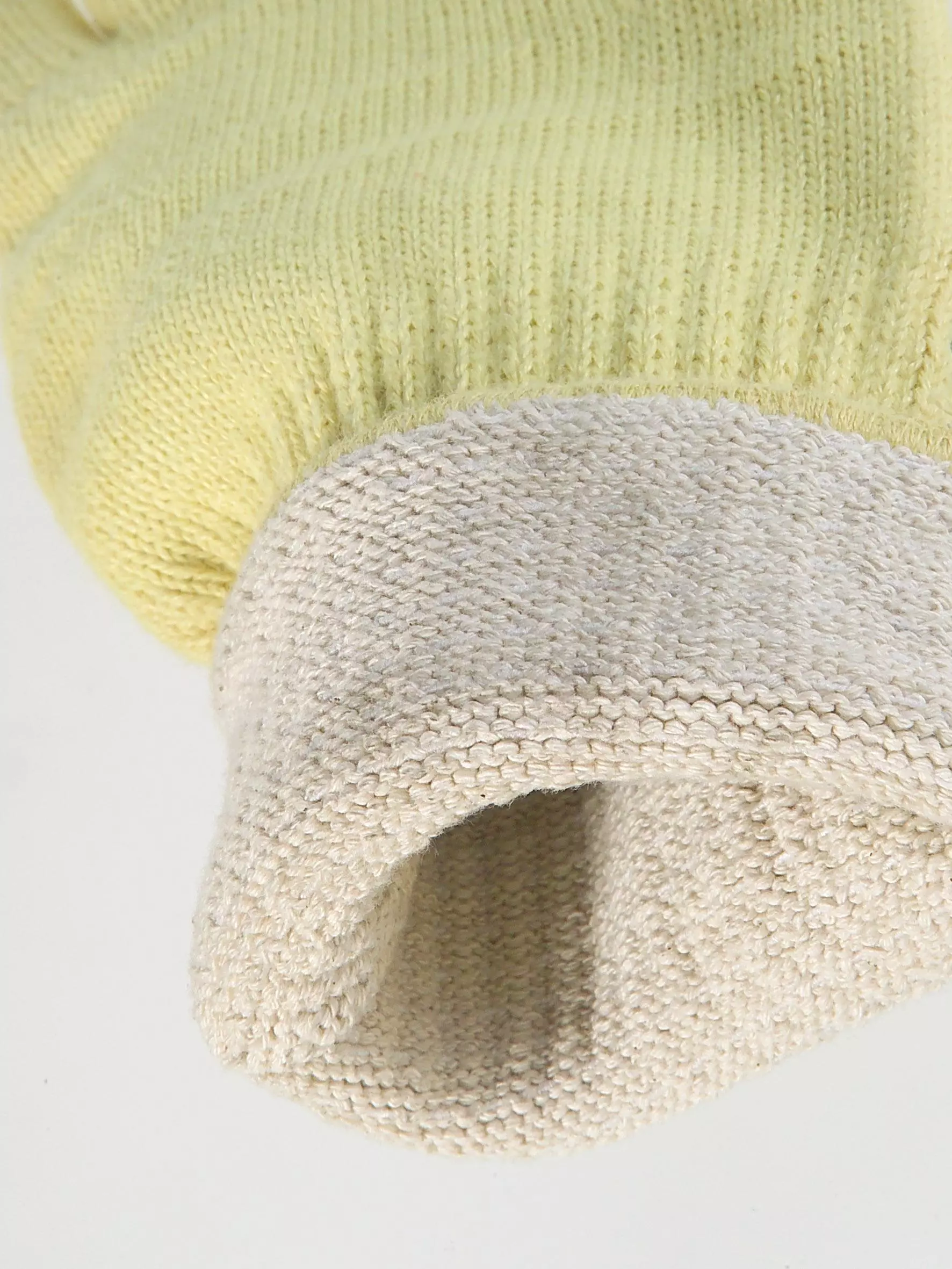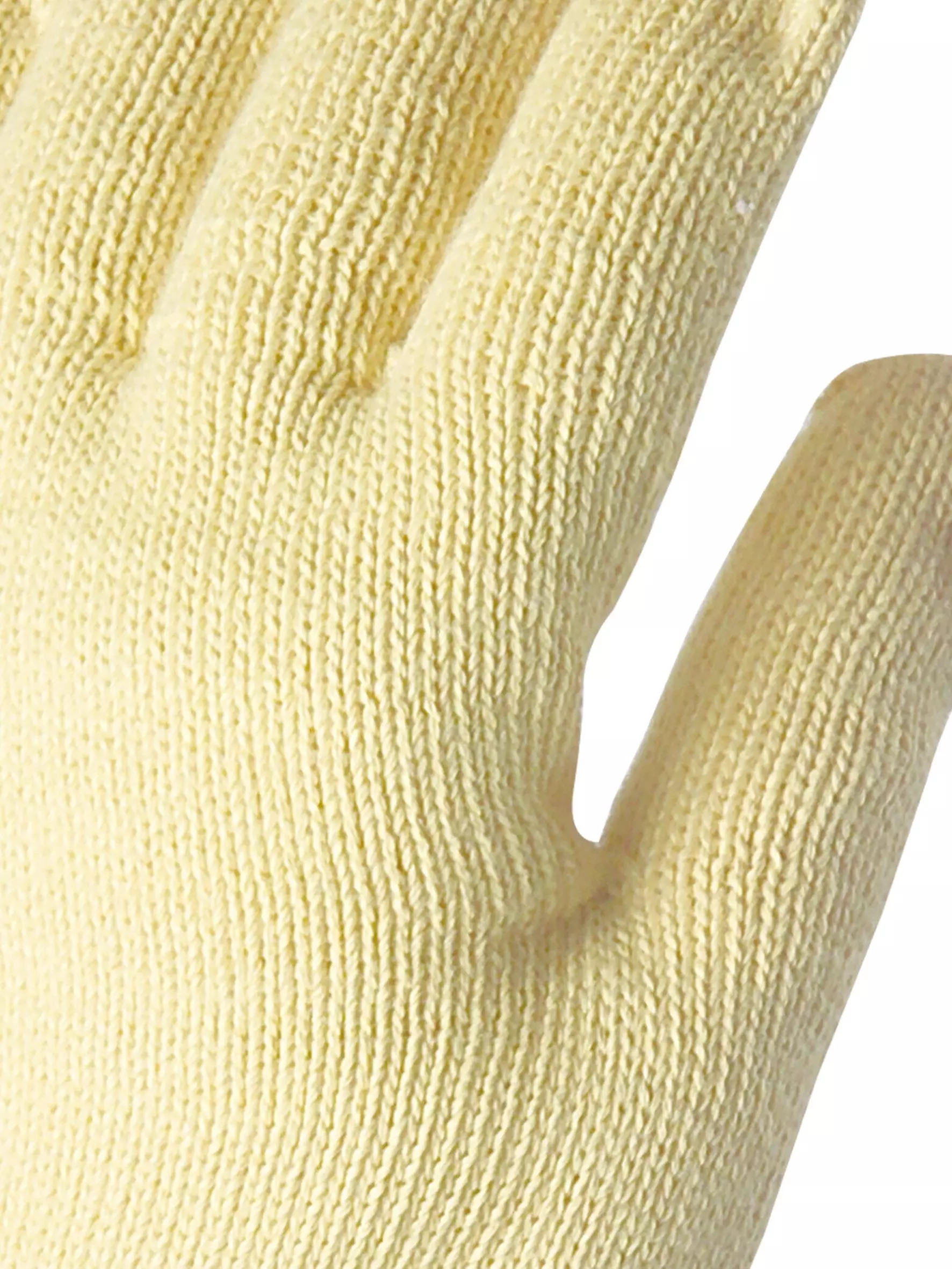
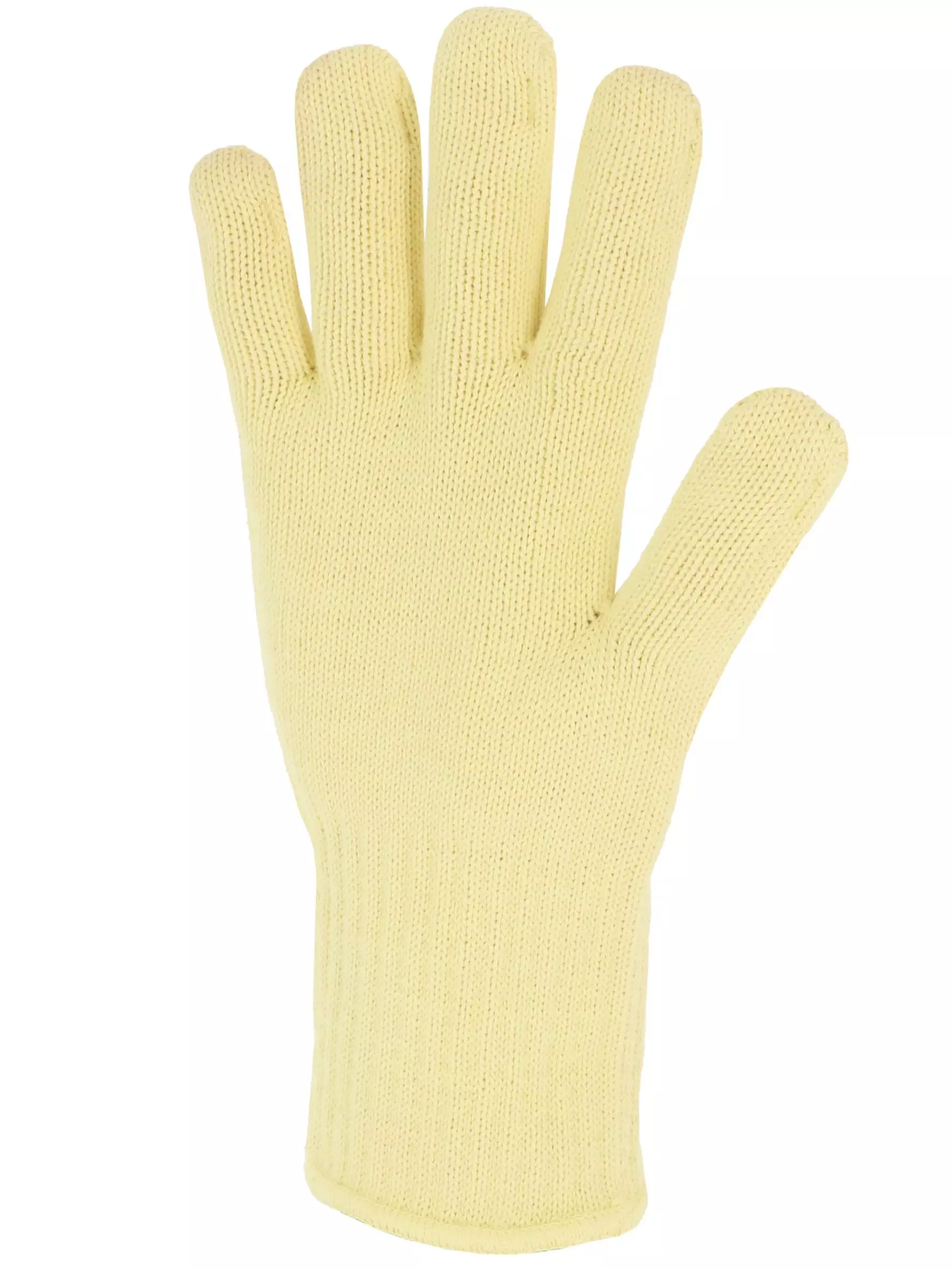
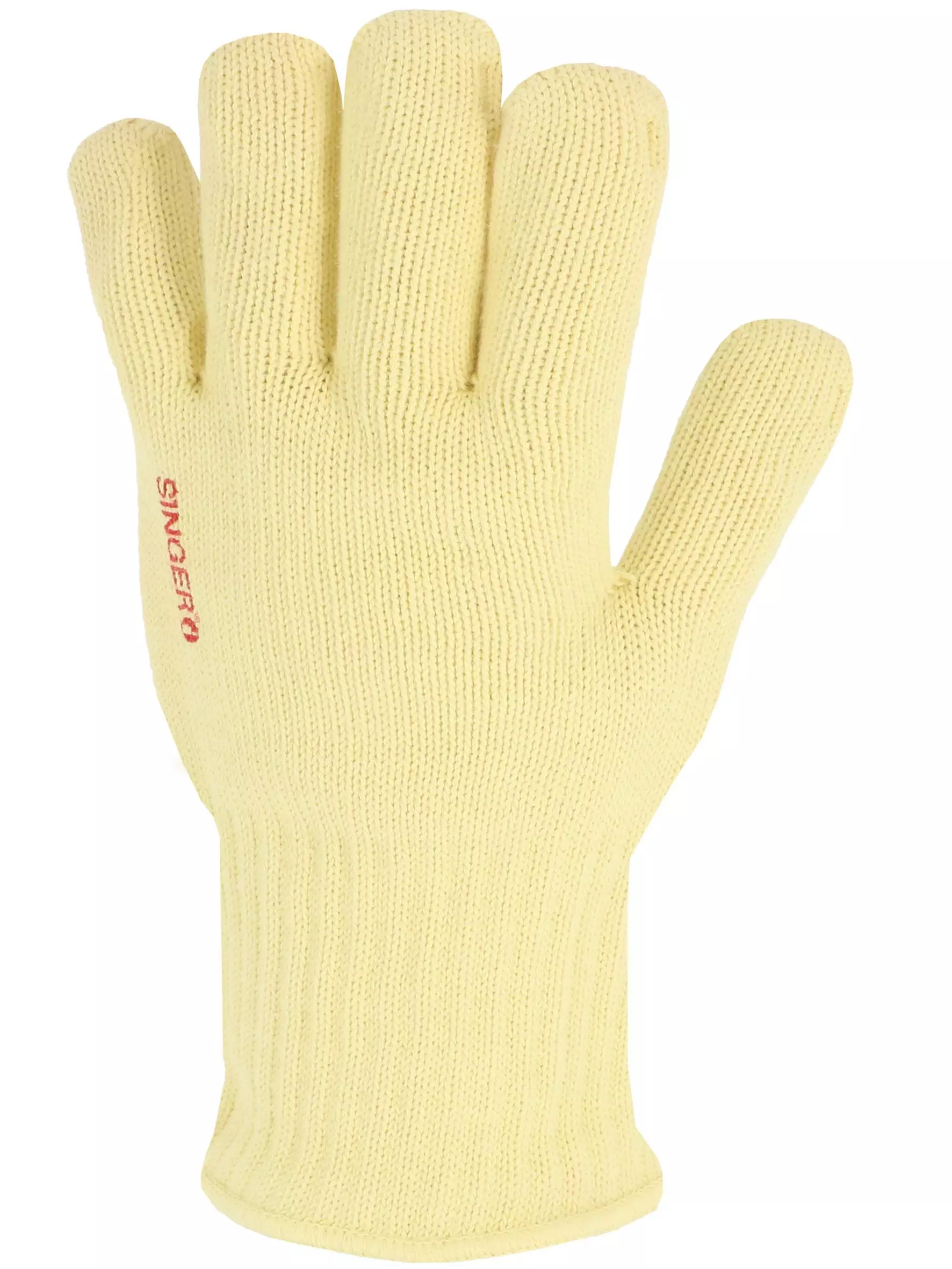
Features You'll Love
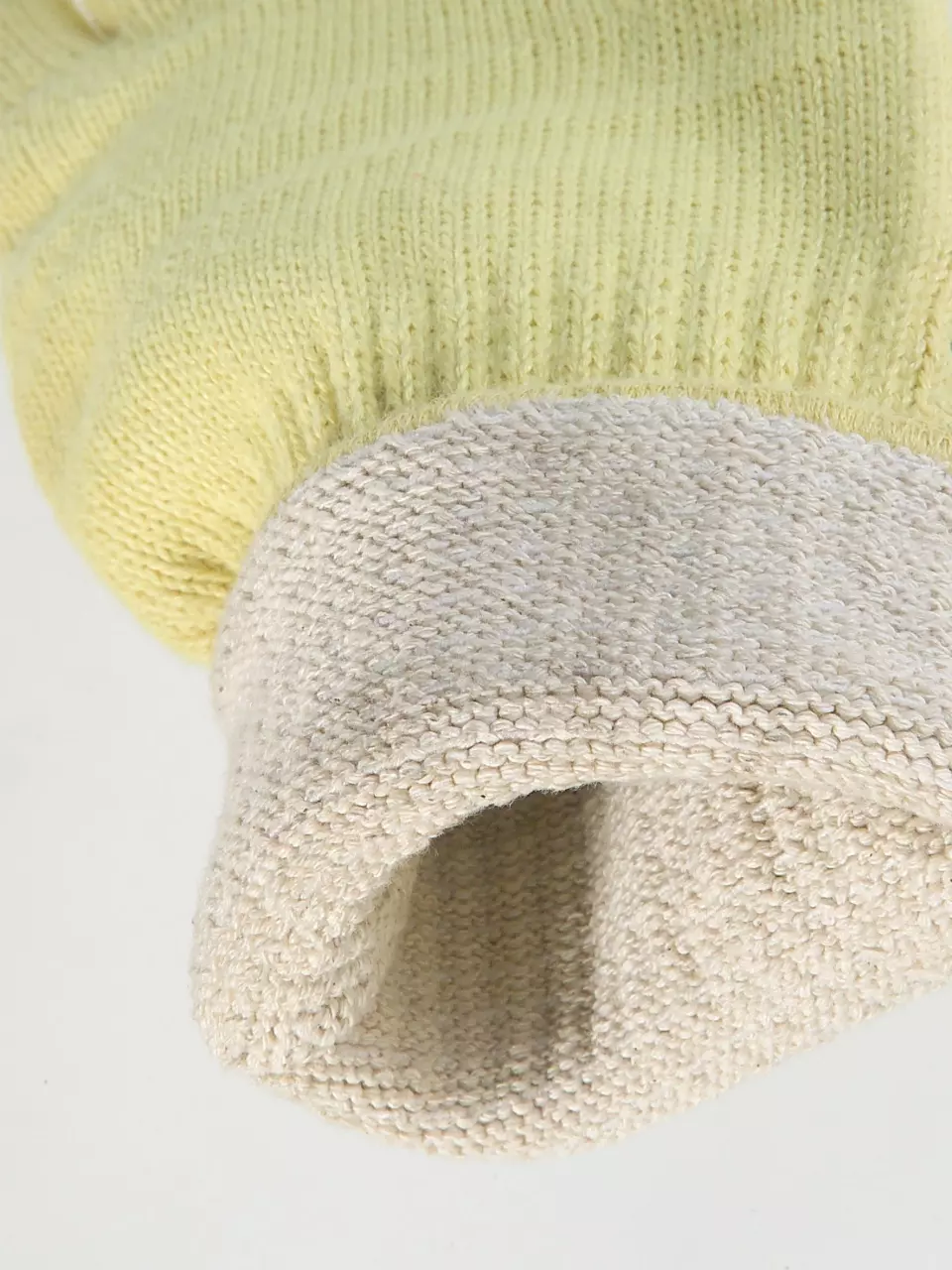
Cuff Style · Knit
A snug knit cuff provides a comfortable, secure fit that keeps debris out and your gloves in place.

EN 388 · Cut Resistance, ISO 13997 Level C, Puncture Resistance Level 1, Tear Resistance Level 4, Abrasion Resistance Level 2
EN 407 · Radiant Heat Level 3, Burning Behaviour Level 4, Heat Contact Level 3, Heat Convection Level 4, Molten Metal Resistance Level X
Offers medium protection against cut risks from handling lightweight metals and plastics.
Provides basic protection against punctures from blunt objects like splinters, not sharp points like needles.
Offers the highest level of protection against tearing, withstanding a strong force before ripping.
Withstands moderate rubbing and friction, offering good protection for tasks involving handling rough materials.
This product provides good protection against radiant heat, delaying heat transfer for at least 50 seconds. It is suitable for situations where you are exposed to significant heat rays, such as working near furnaces or foundries.
Offers the highest protection against catching fire when briefly touching a naked flame. The material resists burning and will extinguish itself almost immediately, giving you crucial time to react and stay safe from burns.
This product provides protection against contact heat up to 350°C for at least 15 seconds. It is ideal for situations where you need to handle hot objects for a short duration, offering reliable hand safety.
Provides the highest level of protection against convective heat, which is the transfer of heat through moving air or fluids like steam. This glove significantly delays heat from a flame reaching the inside, ideal for industrial settings.
This product was not tested for resistance against molten metal splashes under the EN 407 standard. Therefore, it is not intended for use in activities like welding or foundry work where this specific hazard is present.
Singer Safety
Cut Resistant Gloves, Size 11, Yellow
Cut Resistant Gloves, Size 11, Yellow
5 / 5
31,74 €
Choose size
Shipping fee is 7,95 € for orders under 80,00 €
Features You'll Love

Cuff Style · Knit
A snug knit cuff provides a comfortable, secure fit that keeps debris out and your gloves in place.

EN 388 · Cut Resistance, ISO 13997 Level C, Puncture Resistance Level 1, Tear Resistance Level 4, Abrasion Resistance Level 2
EN 407 · Radiant Heat Level 3, Burning Behaviour Level 4, Heat Contact Level 3, Heat Convection Level 4, Molten Metal Resistance Level X
Offers medium protection against cut risks from handling lightweight metals and plastics.
Provides basic protection against punctures from blunt objects like splinters, not sharp points like needles.
Offers the highest level of protection against tearing, withstanding a strong force before ripping.
Withstands moderate rubbing and friction, offering good protection for tasks involving handling rough materials.
This product provides good protection against radiant heat, delaying heat transfer for at least 50 seconds. It is suitable for situations where you are exposed to significant heat rays, such as working near furnaces or foundries.
Offers the highest protection against catching fire when briefly touching a naked flame. The material resists burning and will extinguish itself almost immediately, giving you crucial time to react and stay safe from burns.
This product provides protection against contact heat up to 350°C for at least 15 seconds. It is ideal for situations where you need to handle hot objects for a short duration, offering reliable hand safety.
Provides the highest level of protection against convective heat, which is the transfer of heat through moving air or fluids like steam. This glove significantly delays heat from a flame reaching the inside, ideal for industrial settings.
This product was not tested for resistance against molten metal splashes under the EN 407 standard. Therefore, it is not intended for use in activities like welding or foundry work where this specific hazard is present.
Product description
These protective gloves feature a seamless knitted Kevlar® liner with cotton fleece lining, providing exceptional cut and heat resistance for demanding industrial environments. The ambidextrous design offers superior protection with EN 388:2541C and EN 407:43432X certifications, making them ideal for applications requiring both mechanical and thermal protection. The gauge 7 construction with elastic knit wrist ensures a secure fit while maintaining comfort during extended wear.
Product Features:
- Seamless knitted Kevlar® liner for cut resistance and comfort
- Cotton fleece lining for excellent heat insulation
- Elastic knit wrist with piping for secure fit
- Ambidextrous design for versatility
- Uncoated construction for maximum dexterity
Technical Details:
- Gauge 7 thickness for enhanced protection
- TDM cut resistance Level C
- Double-layer construction with Kevlar® exterior and cotton interior
- Non-irritating and easy to adjust with seamless construction
Recommended Applications:
- Heavy industry operations
- Light manufacturing environments
- Maintenance tasks
Standards:
- EN ISO 21420:2020 for general glove requirements
- EN 388:2016+A1:2018 (2541C) for mechanical risks
- EN 407:2020 (43432X) for thermal risks
- European Regulation (EU) 2016/425 on PPE, Category II
EAN: 3660514200906
